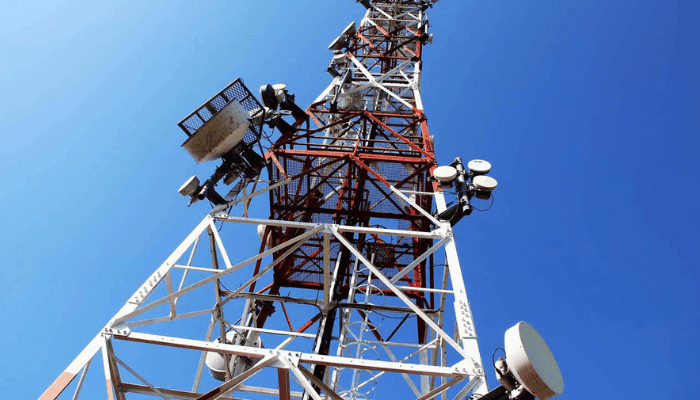
Nigeria’s telecommunications sector is undergoing a transformative journey, witnessing a remarkable surge in active voice and internet subscriptions, coupled with a decline in teledensity. This shift, unveiled through the latest statistical indicators released by the Nigerian Communications Commission (NCC), reflects a significant recalibration in the industry’s metrics.
Nigeria’s Population Projection Spurs Adjustments:
The impetus for these adjustments, spanning the September, October, and November 2023 statistical reports, stems from the Nigerian Population Commission (NPC)’s revised projection of Nigeria’s population at 216,783,381 in 2022. This update replaces the previous 2017 projection of 190 million people and aligns with the International Telecommunication Union (ITU)’s criteria for calculating teledensity—a crucial metric for assessing telephone penetration within a population.
Teledensity Decline and Subscription Dynamics:
Consequently, Nigeria’s teledensity witnessed a decline from 115.63% to 102.30% in September, accompanied by a parallel decrease in broadband penetration from 45.47% to 40.85%. Despite this, active voice subscriptions experienced a slight uptick from 220,361,186 to 221,769,883, with internet subscriptions also showing marginal growth, rising from 159,034,717 in August to 160,171,757 in September 2023.
October and November Momentum:
In October 2023, the industry observed a 0.19% increase in active voice subscriptions, teledensity registering at 102.49%, and a 0.60% rise in internet subscriptions compared to September 2023 figures. November of the same year witnessed a further 0.46% growth in active voice subscriptions, with teledensity standing at 102.97%, and a 0.57% uptick in internet subscriptions compared to October 2023.
The Significance of Teledensity:
Teledensity, a metric endorsed by the International Telecommunications Union (ITU), serves as a vital index for measuring telephone penetration within a population, benchmarked at one line per 100 individuals.
Regulatory Alignment and Industry Oversight:
The NCC’s adjustment aligns with Section 89 Subsection 3(d) of the Nigerian Communications Act 2003 (NCA 2003), mandating the Commission to monitor and report on the state of the Nigerian telecommunications industry. Dr. Aminu Maida, the NCC’s Executive Vice Chairman, underscores the importance of accurate data in measuring progress and informs strategic objectives outlined by the Federal Ministry of Communications, Innovation, and Digital Economy.
Shaping Policies and Investment Decisions:
Accurate telecom data not only informs international bodies like the ITU but also plays a pivotal role in shaping policies and investment decisions for operators, investors, multilateral agencies, and the public.
In conclusion, Nigeria’s telecom landscape is in a dynamic phase, marked by a balance between declining teledensity and burgeoning subscriptions. The recalibration aligns with international standards and regulatory mandates, ensuring the industry moves forward with accurate and relevant data.
Stay tuned for more updates on Nigeria’s telecom evolution and how it shapes the nation’s connectivity future.









Leave a Comment
You must be logged in to post a comment